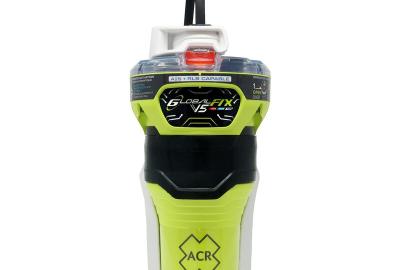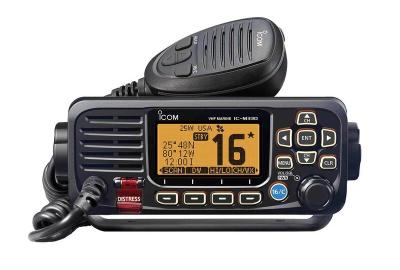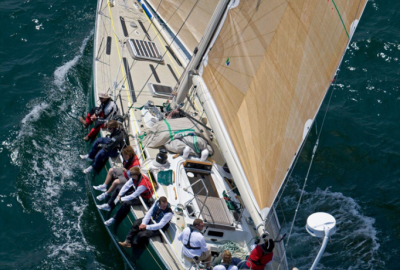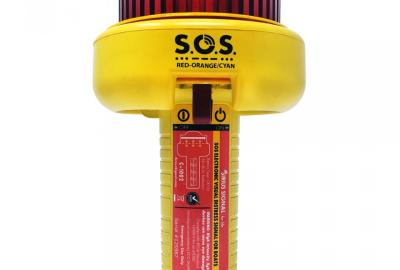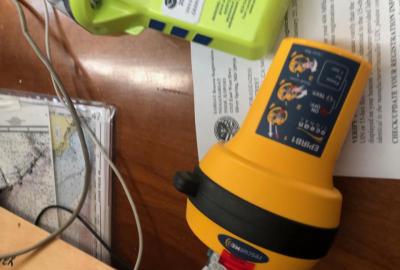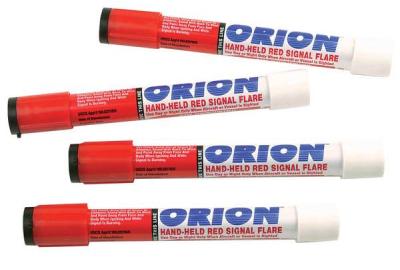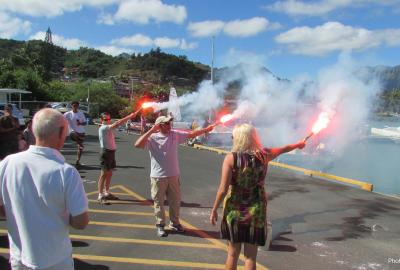Both these incidents illustrate the fact that yacht safety equipment is useful only to the extent it can be accessed in difficult conditions, that it is in working order, and that the operator is thoroughly familiar with its operation. They also illustrate that guiding a rescue vessel into the vicinity of survivors in the water or in a life raft is not the end of the rescue problem. There remains the problem of visually spotting the victims among waves or swells, often in low visibility conditions.

The CCA Offshore Communications Committee has prepared an in-depth overview of offshore communications methods and co
- 19 February 2024
As I was leaving the boat around 1630, having completed my chores for the day, I gathered my gear and prepared to get off onto the dock. I stepped out the shrink wrap door, I put my right foot on a boarding step, and my knee promptly gave way. My left leg was still on deck but was tangled up in the shrink wrap zipper that was inside the door. I fell backwards with my head in the water between the boat and the dock. Try as I might, I could not pull myself back up onto the boat. My left foot was at deck level. The water was cold!!
- 1 September 2022
In recent years, the US Coast Guard has, in
- 23 April 2021
Emergency services have not always responded to an EPIRB alert
When voyagers purchase and register an EPIRB
- 21 April 2021
Whether you call them flares, or visual distress signals (VDS), or pyrotechnics, some visual form of getting attention from boaters or rescue agencies has been a mainstay of the Federal Recreational Boat Equipment requirements for decades. And during that time, boaters have cursed the negative attributes of these devices: their need to be replaced every 3 ½ years; the difficulty of disposing of them; their potential risk to health when in use; and their relative ineffectiveness due to short durations and poor water resistance.
- 10 September 2018
This note presents the results of the work of CCA member John Brooks in investigating the position of the U. S.
- 16 June 2017
Which distress signaling devices to carry is determined by local government and race authorities’ requirements, in wh
- 22 February 2017

